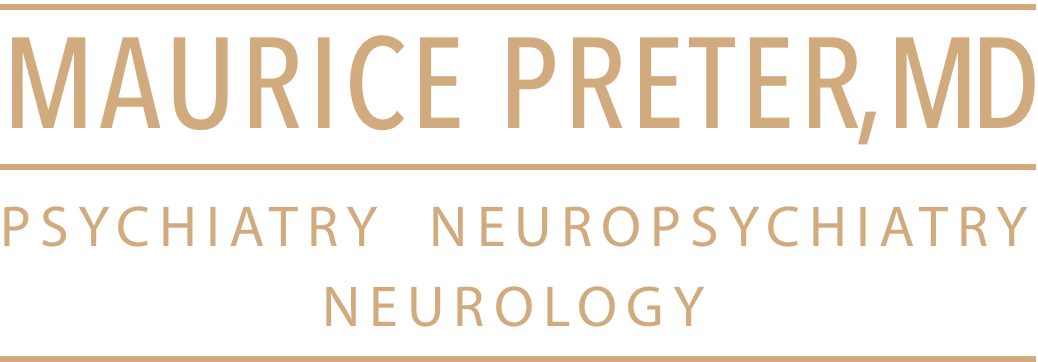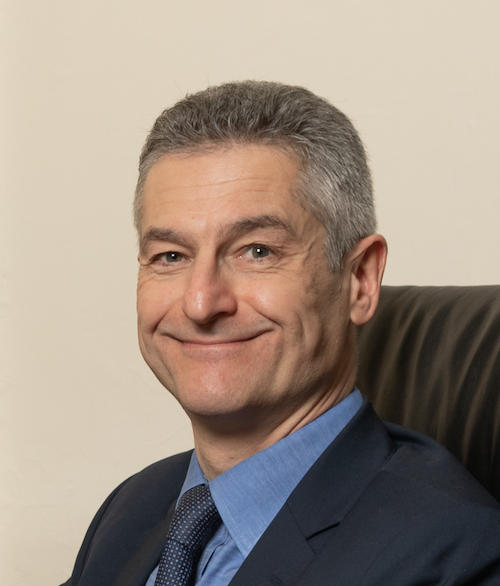| Behav Neurol. 2005;16(4):225-32. | Related Articles, Links |
A foreign speech accent in a case of conversion disorder.
Verhoeven J, Mariën P, Engelborghs S, D’Haenen H, De Deyn P.
Department of Linguistics, University of Antwerp, Antwerp, Belgium. jo.verhoeven@ua.ac.be
OBJECTIVE: The aim of this paper is to report the psychiatric, neuroradiological and linguistic characteristics in a native speaker of Dutch who developed speech symptoms which strongly resemble Foreign Accent Syndrome. BACKGROUND: Foreign Accent Syndrome is a rare speech production disorder in which the speech of a patient is perceived as foreign by speakers of the same speech community. This syndrome is generally related to focal brain damage. Only in few reported cases the Foreign Accent Syndrome is assumed to be of psychogenic and/or psychotic origin. METHOD: In addition to clinical and neuroradiological examinations, an extensive test battery of standardized neuropsychological and neurolinguistic investigations was carried out. Two samples of the patient’s spontaneous speech were analysed and compared to a 500,000-words reference corpus of 160 normal native speakers of Dutch. RESULTS: The patient had a prominent French accent in her pronunciation of Dutch. This accent had persisted over the past eight years and has become progressively stronger. The foreign qualities of her speech did not only relate to pronunciation, but also to the lexicon, syntax and pragmatics. Structural as well as functional neuroimaging did not reveal evidence that could account for the behavioural symptoms. By contrast psychological investigations indicated conversion disorder. CONCLUSIONS: To the best of our knowledge this is the first reported case of a foreign accent like syndrome in conversion disorder.
Publication Types:
PMID: 16518013 [PubMed – indexed for MEDLINE]


